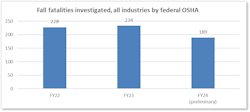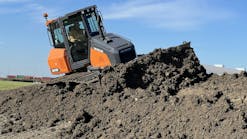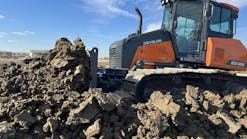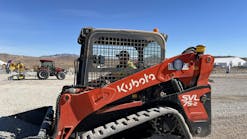By: Occupational Safety and Health Association
Fewer workers are dying from hazards where the U.S. Department of Labor’s Occupational Safety and Health Administration (OSHA) has focused its enforcement resources. Preliminary agency data show a decrease in fatalities the agency is mandated to investigate, including significant reductions in fatal injuries from trench collapses and falls, two of the leading causes of death among construction industry workers, according to the agency.
“These numbers are promising evidence that stronger enforcement and collaboration with labor and management is saving lives,” said Douglas Parker, assistant secretary for OSHA, in a statement. “Most striking is the improvement in areas we have focused on with employers and unions. Our state program partners have also seen improvements.”
In fiscal year 2024, federal OSHA investigated 826 worker deaths, an 11% reduction from 928 in the previous year. Excluding Covid-related deaths, this is the lowest number of worker fatalities OSHA has been mandated to investigate since FY 2017.
OSHA’s National Emphasis Program on Falls, the leading cause of serious work-related injuries and fatalities in the construction industry, saw fatal falls investigated by federal OSHA drop from 234 to 189, a decrease of almost 20%. Preliminary data from state OSHA programs, pending validation by federal OSHA, indicates more than 15% fewer fatalities in state jurisdictions. Currently, federal OSHA covers about 60% of private-sector employees and approved state programs cover the remaining workers.
National reporting by federal and state OSHA programs show worker deaths in trench collapses declined nearly 70% since calendar year 2022. Fatalities decreased from 39 in 2022 to 15 in 2023 and, to date, 12 in calendar year 2024. These decreases follow intensive outreach and education by OSHA and industry partners, work by state plans and aggressive enforcement under a “zero tolerance” policy for unprotected trenches, including immediate inspections and referrals for criminal prosecution where warranted.
“While fewer workers have died from the hazards OSHA investigates, we still lose more than 5,000 workers each year in largely preventable incidents," said Parker. "While we’re proud of this progress, our work is far from over. Reducing worker deaths means embracing an approach that makes worker health and safety a core value in every workplace. Only then can we fully address all the causes and factors that lead to workers dying needlessly on the job."
OSHA offers free and confidential compliance assistance to small and medium sized businesses to identify and fix hazards, establish or improve safety and health programs, and comply with OSHA standards.







